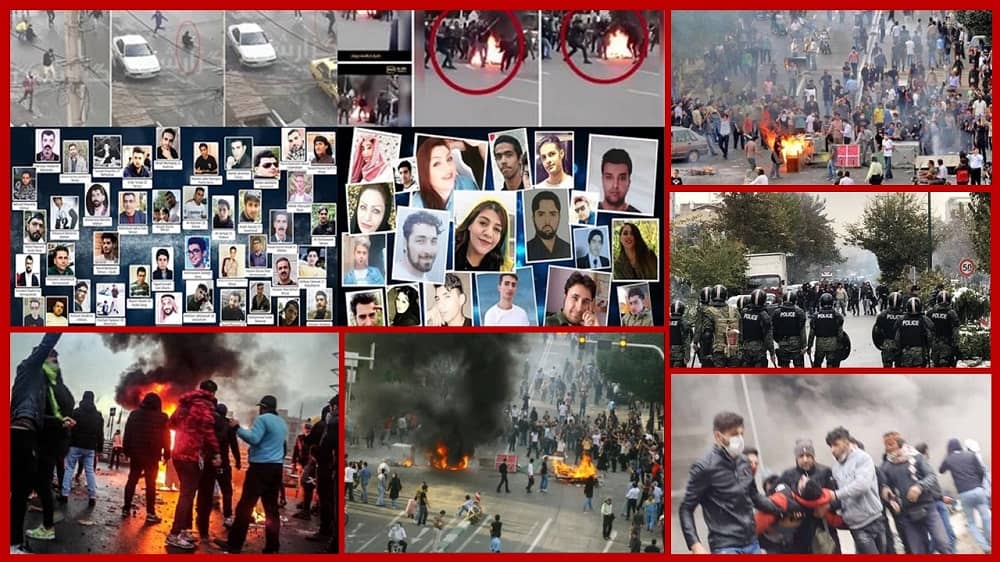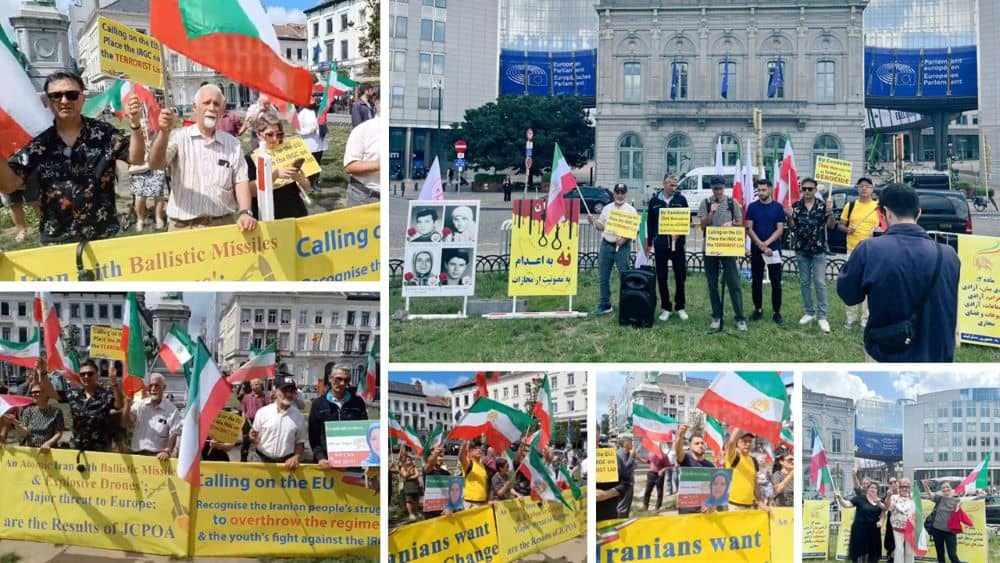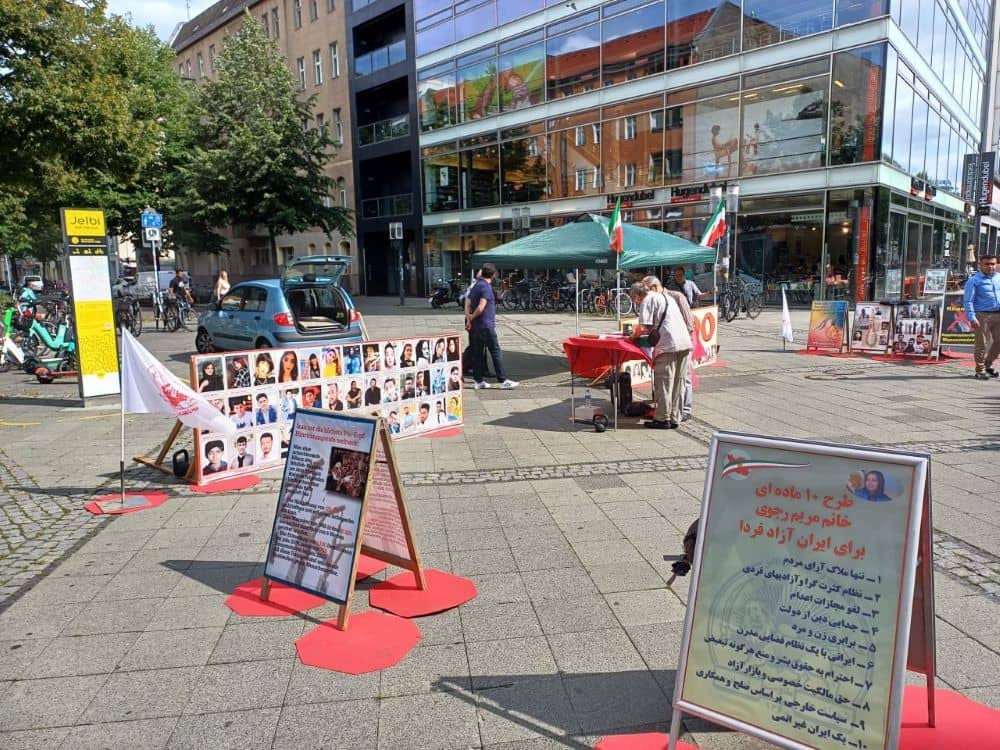
On the anniversary of the Great Uprising of November 2019 in Iran, we extend greetings to the more than 1,500 martyrs and tens of thousands of protesters who were arrested and tortured during that uprising. Let’s take a closer look at the developments of that significant event.
In November 2019, a significant upheaval gripped Iran as widespread protests erupted across the nation in response to the government’s announcement of a threefold increase in gasoline prices. The protests, which endured for approximately a week, demonstrated an unprecedented scale, encompassing over 190 cities and reaching all 31 provinces of Iran. While the initial trigger was the surge in fuel prices, the demonstrators quickly shifted their focus to condemn the broader policies and nature of the regime itself.
The protests took a distinctive turn as they became more organized, with calls for regime change resonating through chants like “death to [Ali] Khamenei,” “death to [Hassan] Rouhani,” and “death to dictatorship.” The demonstrators targeted symbols of authority, leading to the attack or torching of numerous centers of repression, including those associated with the Islamic Revolutionary Guard Corps (IRGC) and police headquarters.
Cities with populations of one million or more became epicenters of the unrest, beginning in Khuzestan Province and swiftly spreading across the entire country. Major cities such as Tehran, Isfahan, and Shiraz experienced extensive protests and clashes. The protests were not only a manifestation of discontent but also a strategic targeting of the regime’s institutions, especially state-affiliated banks, resulting in significant financial damages, estimated at over $5 billion.
The Fascist Religious Regime’s Response to the November Uprising: Murder, Torture, and Imprisonment
The regime responded with a severe crackdown, including a shutdown of the internet to disrupt communication among protesters and to conceal the scale of the uprising. The State Security Forces (SSF) initially struggled to control the situation, prompting the regime to transfer command to the IRGC. Even with increased suppression, the protests continued to escalate, leading to a direct intervention by Supreme Leader Ali Khamenei, who ordered security forces to use lethal force.
The consequences were dire, with at least 1,500 protesters killed, over 4,000 wounded, and 12,000 arrested. The security forces employed a range of weaponry against unarmed civilians, including batons, tear gas, firearms, snipers, and even machine guns in certain instances. Reports of atrocities prompted international condemnation, with the UN High Commissioner for Human Rights and Amnesty International highlighting clear violations of human rights norms.
Disturbingly, the regime’s response extended to brutal torture of those detained, with reports of medieval torture methods being employed. The fear of renewed protests led the regime to execute detained protesters even a year after the initial uprising, using such acts to instill fear and quash dissent. The situation revealed a grim reality of human rights abuses and the lengths to which the Iranian regime would go to maintain its grip on power.
The Role of Organized Democratic Resistance in the November 2019 Uprising
The organized democratic opposition, particularly the Resistance Units of the main opposition Mujahedin-e Khalq (MEK), played a central role in the November 2019 uprising in Iran. The MEK’s Resistance Units, established years prior, demonstrated a significant presence and organizational capability throughout the country, gaining experience through numerous acts of protest.
Supreme Leader Ali Khamenei and other regime officials publicly acknowledged the MEK‘s role in leading the protests. Khamenei referred to them as “thugs” and “foreign mercenaries,” associating their activities with a supposed collaboration with an American element in Albania, where the MEK has its headquarters. Various officials, including the Commander of State Security Forces, the speaker of the regime’s Majlis, Hassan Rouhani’s spokesperson, and the head of the IRGC’s paramilitary Bassij force, pointed to the MEK’s involvement in organizing and leading the movements.
Regime officials accused the MEK of planning and orchestrating the protests, with claims that they were behind the destruction and violence. The Iranian government specifically linked the MEK to the riots, asserting that the organization had cells within the country and abroad, tied to American interests. Arrests of individuals allegedly associated with the MEK were reported, and regime officials emphasized the existence of a well-trained network with strong intelligence and financial support.
In summary, the regime’s leaders and state-run media identified the MEK as a key force behind the November 2019 uprising, attributing the protests’ organization and intensity to the activities of the Resistance Units.





